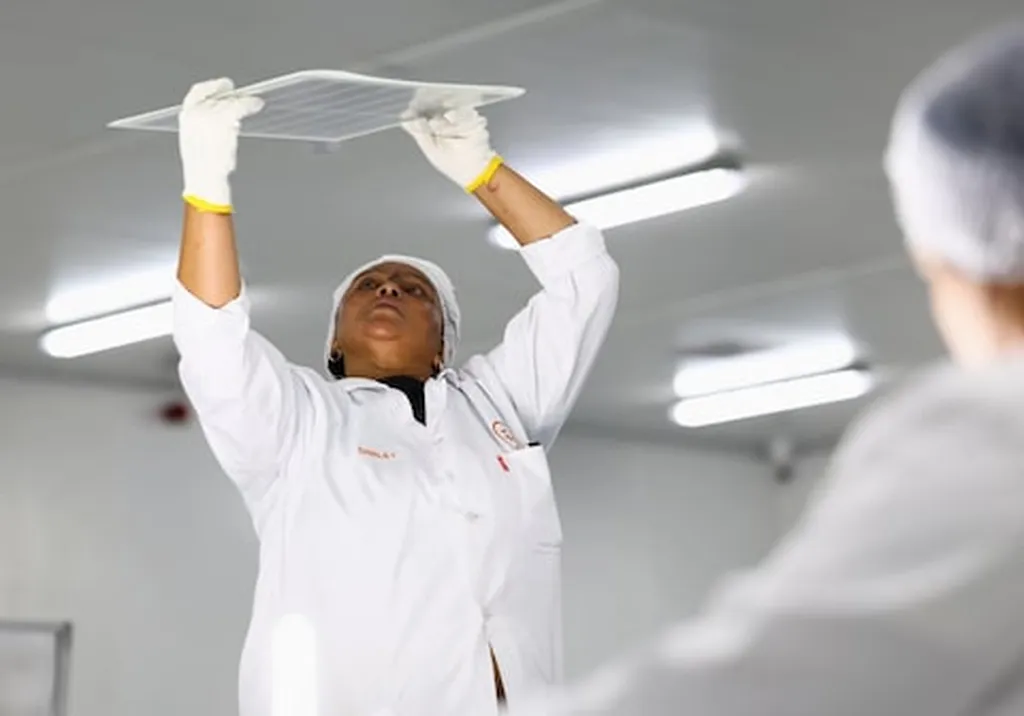In a significant stride toward advancing solar-to-hydrogen conversion, researchers have developed an immobilised photothermal-photocatalytic integrated system that challenges the status quo of photocatalytic water splitting. This innovation addresses a critical gap in current research, which has largely focused on material design while neglecting the optimisation of the reaction systems themselves.
Photocatalytic water splitting, a process that converts water into hydrogen and oxygen using light energy, holds immense promise for clean energy production. Traditional methods involve dispersing photocatalysts in a liquid phase, creating a solid-liquid-gas triphase system. However, this approach suffers from low solar energy utilisation efficiency and slow mass transfer processes, according to Professor Maochang Liu, who led the research.
The novel system developed by Liu’s team transforms the conventional triphase system into a more efficient gas-solid bi-phase configuration. By combining a photothermal substrate with high-performance photocatalysts, the system enables a synergistic process of liquid water evaporation and steam-phase water splitting. This innovation allows for hydrogen production under light illumination without requiring additional energy input.
One of the key breakthroughs of this research is the development of a CdS/CoFe2O4 (CCF) p-n heterojunction photocatalyst, fabricated by the calcination method. This facilitates consistent spatial transmission and efficient separation of photogenerated carriers. The system utilises annealed melamine sponge (AMS) as a photothermal substrate, further enhancing its efficiency.
The optimised CCF/AMS photocatalytic water splitting system demonstrates a remarkable hydrogen evolution rate of 254.1 µmol h–1. This represents a significant improvement over traditional triphase systems, showcasing the potential of this innovative approach.
The implications of this research extend beyond just improved efficiency. By enhancing solar energy utilisation, elevating reaction temperatures, and reducing gas transport resistance, this system provides a blueprint for future advancements in photocatalytic water splitting. Liu’s team has not only developed a more efficient system but also offered practical guidance for the broader field.
This development could accelerate the adoption of photocatalytic water splitting in large-scale applications, bringing us closer to a sustainable hydrogen economy. As the sector continues to evolve, such innovations will be crucial in overcoming the challenges of low efficiency, catalyst stability, and limited light absorption, paving the way for more effective environmental remediation and energy conversion solutions.

